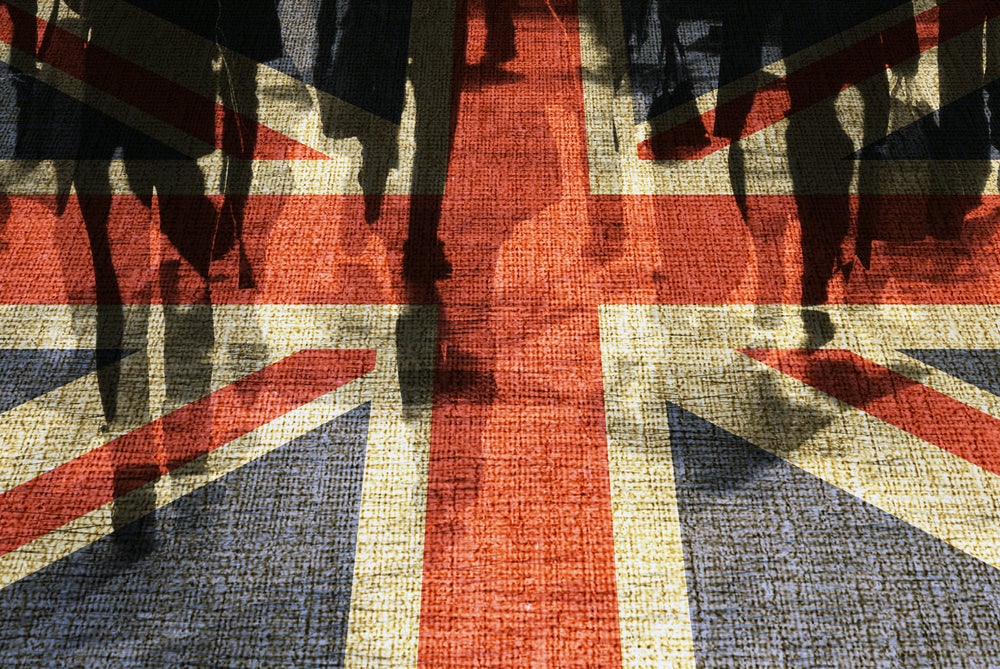Norton Rose partner
Matthew Hodkin, and senior associate (tax) Judy Harrison, explain
how changes to the tax regime will impact on aircraft, ships, and
trains.
From 1 January 2011 two
changes will occur to the UK tax rules which will affect the
leasing of large assets.
The first is that there will
be a reduction in the rate of capital allowances available for
expenditure on ships and rail assets. The second is that the UK
will be changing its VAT rules in relation to aircraft, which will
make the buying and selling of aircraft in the UK potentially more
complicated.
Capital allowances on
ships and railway assets
How well do you really know your competitors?
Access the most comprehensive Company Profiles on the market, powered by GlobalData. Save hours of research. Gain competitive edge.

Thank you!
Your download email will arrive shortly
Not ready to buy yet? Download a free sample
We are confident about the unique quality of our Company Profiles. However, we want you to make the most beneficial decision for your business, so we offer a free sample that you can download by submitting the below form
By GlobalDataFrom 1 January 2011, the rate
of capital allowances available for new expenditure on ships and UK
railway assets will be reduced from 20% to 10% (and further to 8%
from 1 April 2012).
This change will bring the
rate of tax depreciation for ships and railway assets in line with
that available for other assets with a similar life and represents
a reluctance on the part of the UK government to extent the
previously beneficial regime into the future.
This was always likely to be
the case for rail assets where the previous rule (which only
applied to UK assets) was susceptible to challenge under EU rules,
but will be a blow to the UK shipping industry.
VAT on
aircraft
The UK has traditionally been
a popular location for the transfer of title to aircraft and
aircraft engines.
The reason for this has been
largely due to the UK’s pragmatic interpretation of the rules
relating to when the sale of an aircraft or aircraft engine can be
zero-rated for VAT purposes.
However, the European
Commission has challenged the UK’s interpretation of these rules
and, as a result, the UK has agreed to change its laws from 1
January 2011.
From that date, the supply of
an aircraft or aircraft engine and many other maintenance supplies
where the supply takes place in the UK will only be zero-rated if
the aircraft is “used by airlines operating for reward chiefly on
international routes”.
The new test is more
complicated to apply than the current test which looks simply at
the size of the aircraft and whether it has been adapted for
recreation or pleasure.
Although this will be more
difficult to evidence than the previous rules as a supplier will
have to be sure of the status of the aircraft operator, it is
likely that the practical effect will be limited: the vast majority
of aircraft zero-rated under current rules will continue to be so
from 2011.
Two
questions
Two questions arise in the
context of leasing.
Will supplies of aircraft to
leasing companies for onward supply to ‘qualifying airlines’ be
zero-rated?
Current draft guidance is
helpful on this and suggests, while a leasing company might have to
obtain some form of certification or warranty as to the status of
the end user, HMRC will accept that the acquisition of an aircraft
for leasing to an international airline is zero-rated.
How does one establish
whether an airline is operating for reward chiefly on international
routes? One would expect that in determining whether an airline
qualifies, it will be necessary to look at the turnover generated
by international and domestic travel.
This may not be the only
factor. For example, it may be necessary to consider the number of
international flights, the number of passengers carried on such
flights or the total mileage of international flights.
We understand HMRC will
permit airlines to carry out these tests over a reasonable period
of time so that an airline does not become subject to VAT merely as
a result of seasonal variations in its operations.
Draft guidance also suggests
HMRC will apply these tests from a UK standpoint so that an airline
that flies primarily domestic flights within the US will still be
regarded as ‘international’ for UK VAT purposes.
Given the UK has traditionally been a favourable
jurisdiction for buying and selling aircraft, it is likely (to the
extent permitted by EU law) the UK government will take a pragmatic
and sensible approach to try to ensure that the impact of this
change
to the VAT rules is mitigated.







